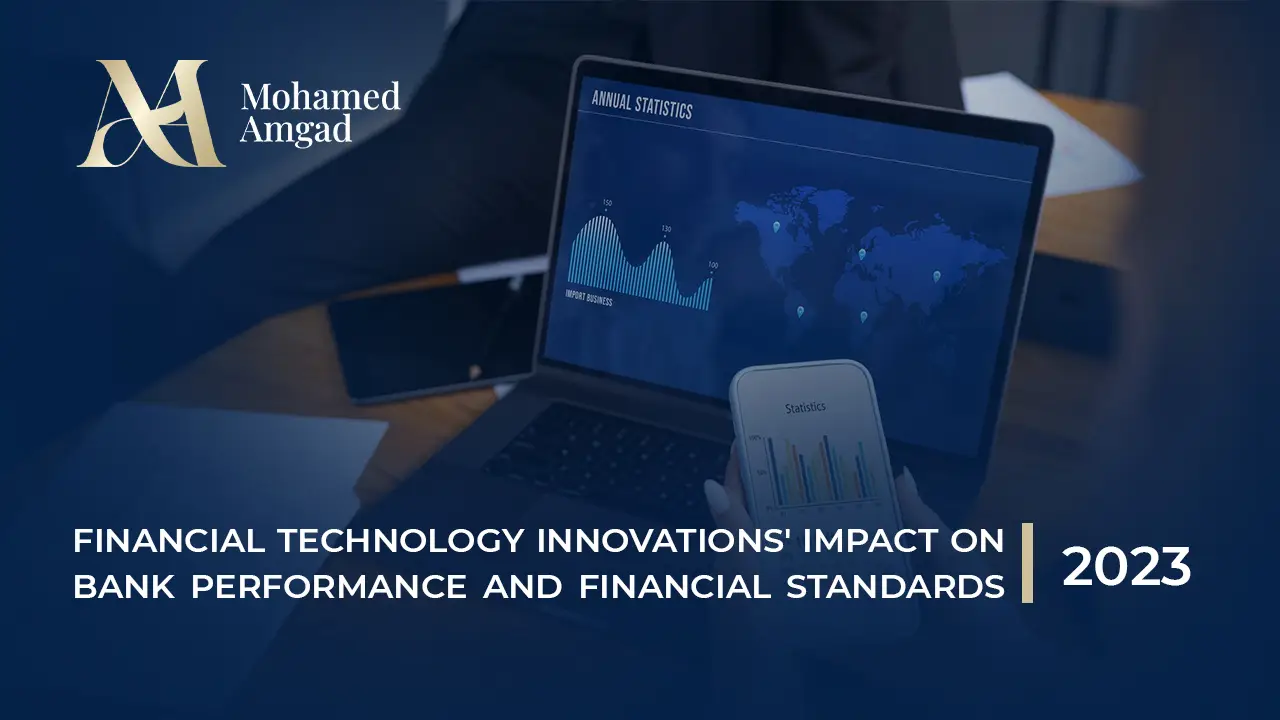
The Powerful Impact of Financial Technology on Banks: Key Insights and Global Trends 2023
In today’s digital world, banks are no longer just about marble floors and long teller lines. Instead, they’re racing toward digital innovation, driven by financial technology (FinTech). The impact of financial technology on banks has been transformative—reshaping customer expectations, improving efficiency, and redefining global finance.
From mobile payments to blockchain, FinTech is no longer a buzzword—it’s the backbone of how banks compete and survive in an increasingly digital-first economy.
Understanding Financial Technology (FinTech)
What is FinTech?
FinTech refers to the integration of technology into financial services. It covers everything from mobile banking apps and digital payments to cryptocurrencies and AI-driven financial tools.
In simple terms, FinTech allows banks to deliver faster, smarter, and more customer-friendly services.
Evolution of FinTech in Banking
FinTech has come a long way:
-
1990s–2000s: Online banking made transactions easier.
-
2010s: Mobile banking and payment wallets surged.
-
2020s: Artificial intelligence, blockchain, and digital lending platforms dominate.
FinTech vs. Traditional Banking Models
Traditional banks relied on face-to-face services and paperwork-heavy systems. FinTech, however, focuses on automation, digital interfaces, and real-time services.
This shift has forced banks to either innovate or lose customers to agile FinTech startups.
The Global Growth of FinTech
1. FinTech Investment Trends Worldwide
According to industry reports, global FinTech investment surpassed $200 billion in 2022, with strong growth in digital lending, payments, and blockchain solutions.
2. The Rise of Mobile Banking
Mobile banking has become a lifeline, especially in emerging markets. Today, billions of people access accounts, transfer money, and even invest—directly from smartphones.
3. Digital Payments and E-Wallets
The popularity of e-wallets such as PayPal, Alipay, and GCash shows how digital wallets are slowly replacing cash. By 2025, experts predict that over 60% of global transactions will be digital.
How FinTech is Impacting Bank Performance
1. Revenue Growth Through Digital Channels
Banks embracing FinTech are seeing higher revenue streams from new services such as instant payments, robo-advisory, and digital lending platforms.
2. Cost Reduction and Efficiency
Automation reduces the need for large physical branches. Cloud-based systems help cut IT costs. This allows banks to serve more customers at lower costs.
3. Customer Experience and Personalization
AI-driven chatbots, predictive analytics, and tailored loan offers are improving customer satisfaction. Customers now expect 24/7 banking with personalized recommendations.
Financial Standards and Regulations in FinTech
1. The Role of ISO 20022 Standards
Global banking relies on standardized financial messaging systems like ISO 20022, which enhance security, transparency, and cross-border payments.
2. Compliance and Risk Management
As FinTech grows, so do risks—cybersecurity threats, data privacy concerns, and fraud. Banks must comply with strict regulatory frameworks while still innovating at speed.
FinTech in the ASEAN Region: A Case Study
Your client’s research focuses deeply on ASEAN (Association of Southeast Asian Nations) banks—a rapidly growing hub of FinTech adoption.
1. Mobile Banking in Southeast Asia
Countries like Singapore, Malaysia, and Indonesia are leading digital adoption. Mobile-first banking has bridged gaps in financial inclusion.
2. Key Findings from the Research Report
The study revealed:
-
Banks that embraced FinTech saw higher profitability and improved efficiency.
-
Digital lending and mobile payments contributed significantly to financial growth.
-
Customer trust increased when banks provided transparent, tech-enabled services .
3. Opportunities and Challenges for ASEAN Banks
-
Opportunities: Expanding financial inclusion, cross-border digital payments, and AI-driven lending.
-
Challenges: Regulatory gaps, cybersecurity threats, and competition from non-bank FinTech players.
The Future of Banking with FinTech Innovations
1. Artificial Intelligence and Automation
AI is being used in fraud detection, credit scoring, and customer service. Predictive algorithms help banks anticipate customer needs.
2. Blockchain and Cryptocurrencies in Banking
Blockchain improves security and transparency in cross-border payments. Some banks are already experimenting with central bank digital currencies (CBDCs).
3. Open Banking and API Ecosystems
Open Banking allows customers to share financial data securely with third parties, enabling personalized financial services and greater competition.
Conclusion: Embracing the FinTech Revolution
The impact of financial technology on banks is undeniable—it’s transforming business models, customer expectations, and financial standards globally. From ASEAN to the rest of the world, banks that embrace digital innovation are set to thrive, while those who resist risk being left behind.
- Date: September 9, 2025
- Categories: Links
- Download PDF PDF
